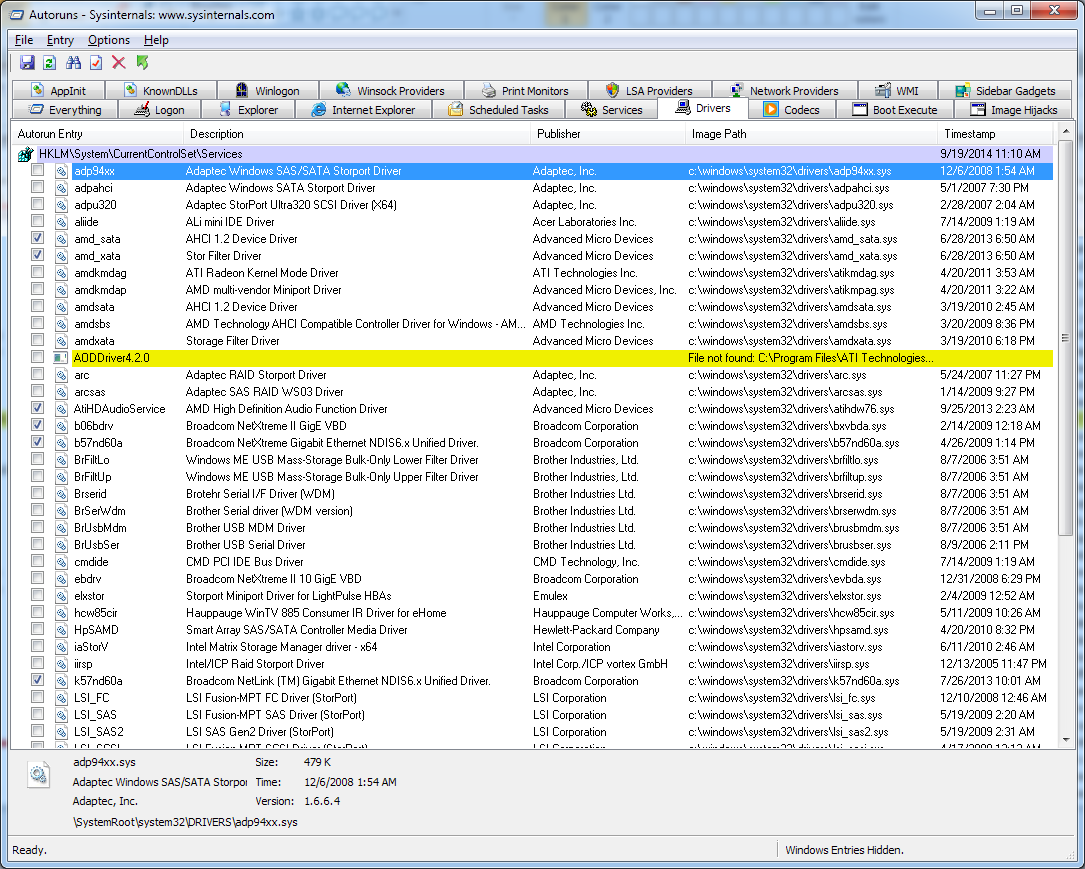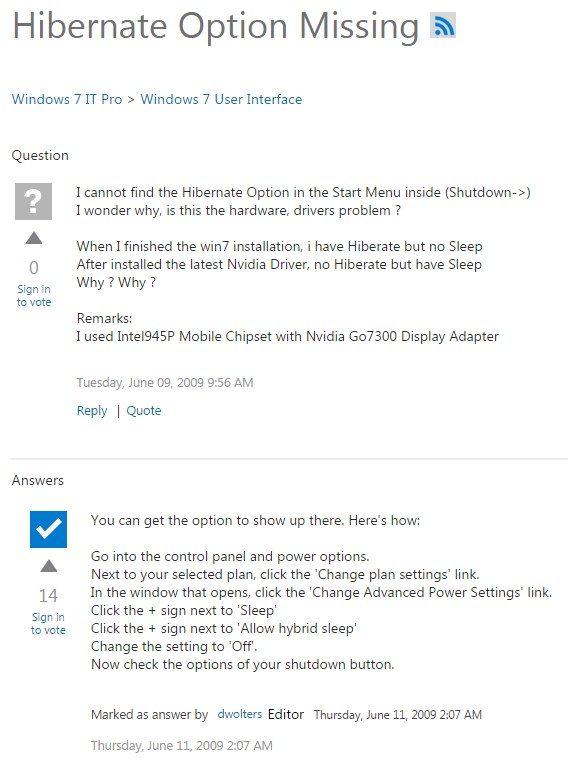Damn it, not again. So Windows 7 started bluescreening immediately at boot, before I was even logged into my normal user account. Reason? Turns out my solid state disk is hosed. I’m not happy, but I’m also not surprised.
I’d bought two OCZ Vertex 2’s sometime in 2010, and not put all too many bytes onto them over the past four years. One of them had already died some years back, but I was too lazy to call in the warranty service. Now the second drive has died, and both of them are out of warranty! Booo. I thought they had 5 years, but turns out it was only 3. Oh well.
I put a copy of Ubuntu Linux onto a USB stick and booted off of it to see if there were any kernel messages reminiscent of what I’d seen a few years back. Sure enough, ad infinitum:
[...] [ 45.391281] sd 0:0:0:0: [sda] [ 45.391282] Add. Sense: No additional sense information [ 45.391284] sd 0:0:0:0: [sda] CDB: [ 45.391284] Write(10): 2a 00 00 60 d1 a8 00 00 a8 00 [ 45.391339] sd 0:0:0:0: [sda] [ 45.391340] Result: hostbyte=DID_OK driverbyte=DRIVER_SENSE [ 45.391342] sd 0:0:0:0: [sda] [ 45.391342] Sense Key : Aborted Command [current] [descriptor] [ 45.391344] Descriptor sense data with sense descriptors (in hex): [ 45.391344] 72 0b 00 00 00 00 00 0c 00 0a 80 00 00 00 00 00 [ 45.391349] 00 60 d6 40 [...]
And:
[ 45.392104] ata1: EH complete
[ 45.392338] ata1.00: exception Emask 0x50 SAct 0x7fffffff SErr 0x400801 action 0x6 frozen
[ 45.392339] ata1.00: irq_stat 0x0c000000, interface fatal error
[ 45.392341] ata1: SError: { RecovData HostInt Handshk }
[ 45.392343] ata1.00: failed command: WRITE FPDMA QUEUED
[ 45.392346] ata1.00: cmd 61/a8:00:78:dd:60/00:00:00:00:00/40 tag 0 ncq 86016 out
[ 45.392346] res 50/00:e8:40:d6:60/00:00:00:00:00/40 Emask 0x50 (ATA bus error)
[ 45.392347] ata1.00: status: { DRDY }
[ 45.392348] ata1.00: failed command: WRITE FPDMA QUEUED
[ 45.392351] ata1.00: cmd 61/a8:08:d0:dc:60/00:00:00:00:00/40 tag 1 ncq 86016 out
[ 45.392351] res 50/00:e8:40:d6:60/00:00:00:00:00/40 Emask 0x50 (ATA bus error)
[ 45.392353] ata1.00: status: { DRDY }
[ 45.392354] ata1.00: failed command: WRITE FPDMA QUEUED
[ 45.392357] ata1.00: cmd 61/a8:10:28:dc:60/00:00:00:00:00/40 tag 2 ncq 86016 out
[ 45.392357] res 50/00:e8:40:d6:60/00:00:00:00:00/40 Emask 0x50 (ATA bus error)
[ 45.392358] ata1.00: status: { DRDY }
[ 45.392359] ata1.00: failed command: WRITE FPDMA QUEUED
[ 45.392362] ata1.00: cmd 61/a8:18:80:db:60/00:00:00:00:00/40 tag 3 ncq 86016 out
[ 45.392362] res 50/00:e8:40:d6:60/00:00:00:00:00/40 Emask 0x50 (ATA bus error)
So I guess I need a new hard drive. Lame.

